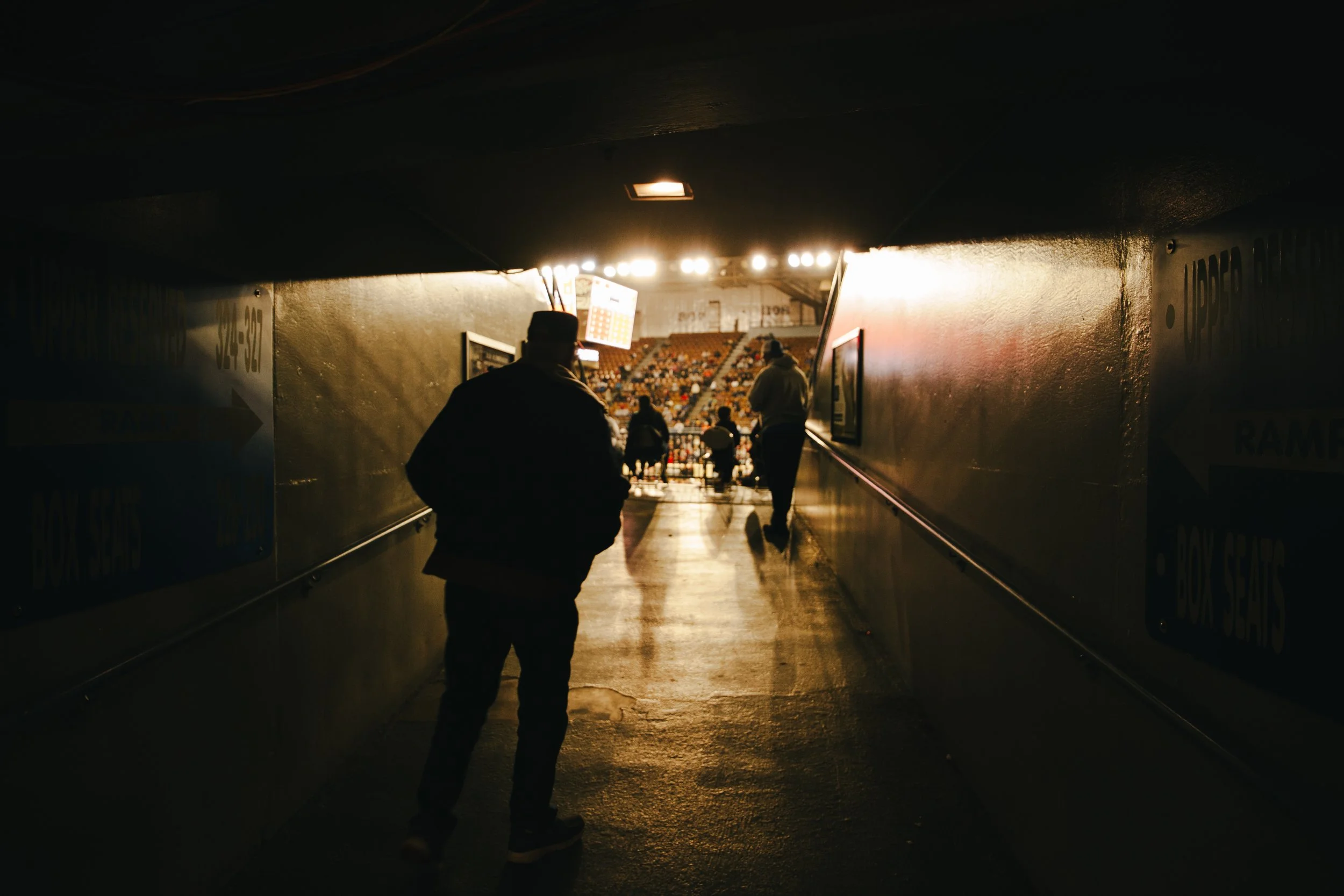Nostalgia Killers
NOSTALGIA KILLERS
There’s and endangered species in our country that you probably aren’t aware of. Stadiums and arenas across the U.S. that are being replaced. Imagine if the Colosseum was demolished hundreds of years ago. Across America, stadiums and arenas are coming down.
Not just any stadiums—but the old ones. The ones with rusted beams and creaky seats. The ones with outdated sound systems, tight concourses, and bad cell service. But also, the ones with soul. With stories. With character.
Communities are trading these gritty landmarks for sleek, glass-wrapped megaplexes with LED halos and luxury suites. Yes, the new places are impressive. But something is lost in the dust and dynamite.
In Oklahoma City, Jim Norick Arena—affectionately known by locals as The Big House—is one of the latest casualties.
For decades, The Big House was more than just concrete and steel. It was a rite of passage. Home to the Oklahoma high school basketball state championships, the arena earned its nickname from the players who stepped inside and felt the weight of the moment, the gravity of generations. The lights buzzed overhead. The court had that certain bounce. The crowd noise hung in the air like humidity. It wasn’t perfect—but it was alive.
People came from across the state to see their town’s name on that scoreboard. To sit shoulder-to-shoulder with neighbors, cheer for kids they knew, and celebrate more than just the game. It was about pride. Tradition. Belonging.
And now, it’s gone.
The demolition of The Big House is just one example of a nationwide trend. From minor league ballparks to municipal arenas, buildings with heart are being replaced by buildings with amenities. We’re told it’s progress. And in some ways, it is. New stadiums mean better facilities, more revenue, better experiences. But you can’t manufacture history. You can’t fast-track nostalgia.
The places we remember most are rarely the most modern—they’re the most meaningful. They’re where we felt something. Where a buzzer-beater meant everything. Where a rodeo crowned a champion. Where kids became legends and small towns lit up.
You can’t replace that with Wi-Fi.
As cities continue to evolve and grow, maybe the conversation shouldn’t be “how do we replace this?” but “how do we preserve what it meant?” Maybe we need a little more time to say goodbye. A little more reverence for the walls that held our memories.
The Big House may be gone, but for the people who sat in those stands or laced up on that floor, it’ll never really disappear. It lives on in stories. In photos. In moments that don’t fade.
And maybe, in some way, that’s the real legacy of these places—not the buildings themselves, but what they built in us.
